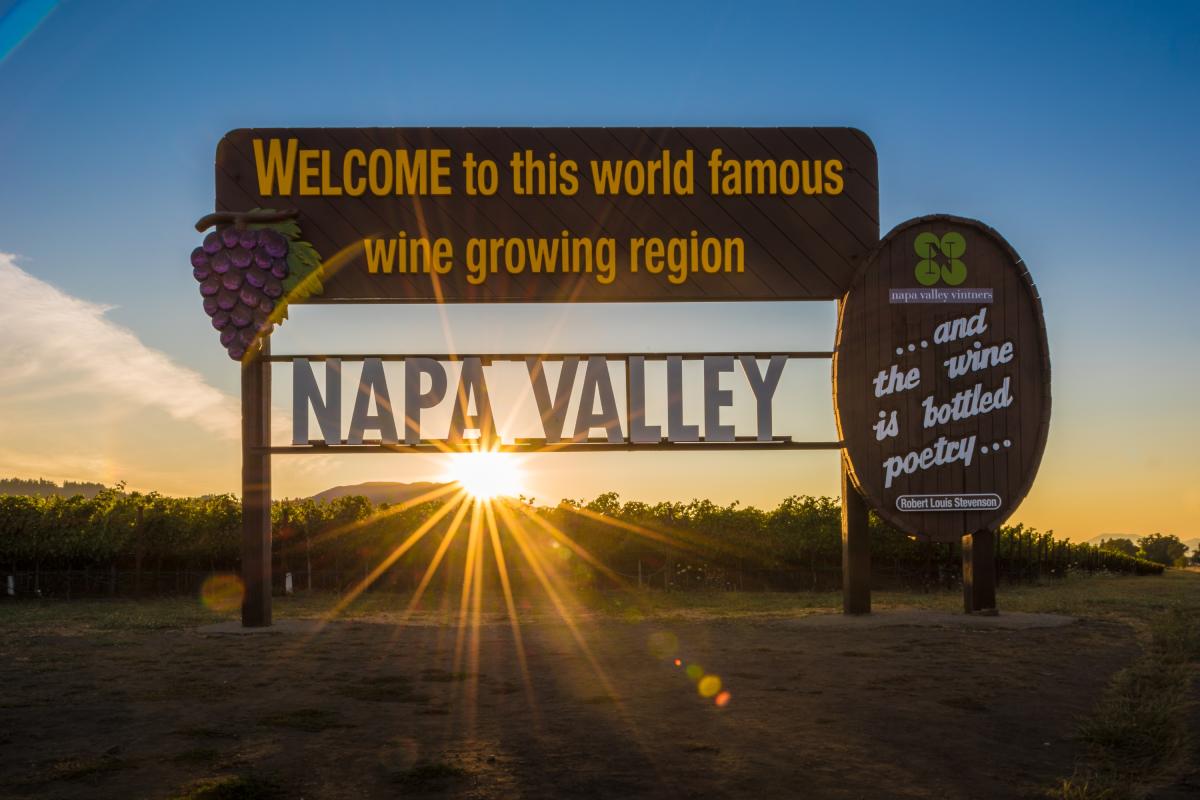Wineries have popped up in every corner of Napa Valley and with good reason. People love wine! If you caught Part 1 and Part 2 of this in-depth article series, then you understand why the Napa Valley is prime for making outstanding wine. Now we are going to talk about what it actually takes to run a winery in the Napa Valley. Vineyards and wineries can be profitable investments, but they are also tricky and come with significant risks — some of which might not be obvious.
It Takes Some Benjamins…
If you were to ask any aspiring winemaker: “What’s the hardest part about starting a winery?” their answer would most likely be: “Finding the money.”
Starting your winery requires a lot of money, especially in the Napa Valley where land costs far exceed other locations. Presently, the expenses to build a winery are continuously staggering; thus, it requires a significant amount of planning and preparation, considerable investment, and time.
Here are a few assets that every winery must be accountable for:
- A place to plant/grow grapes
- A building to house your winery
- Winery process and equipment
- Permits and licenses
- Staff
- A tasting room
Because the Napa Valley is such a great location for vineyards and winemaking, the costs of these assets are significantly higher than other locations. To give an example, the average cost of a ton of Cabernet Sauvignon fruit is $1,700 in California. In the Napa Valley? That costs increases to $8,000/ton. The investment is high, but the payoff could be worth it.
License and Registration Please
There are no fast rules in legalizing business ventures, and that includes wineries. There are Federal, state, and county legalities that every winery must navigate in order to establish the company as legally responsible for producing wines. Many counties and states require permits, zoning restrictions, and other regulations for winery businesses, on top of the standard business licensing. These legal requirements typically involve background checks, fees, and registration of enterprises in the state’s wine regulatory agency.
Some states also require wineries to get approval from the Alcohol and Tobacco Tax and Trade Bureau (TTB), which regulates alcohol production in the United States, and yes, California is one of them. Government agencies may require one to file surety bonds to safeguard the state from potential tax obligations.
And it doesn’t stop there. Certain states require brand label registration for each varietal of wine. Between Federal, state, and county laws, the licensing process of starting a winery can be confusing, to say it nicely.
An Everchanging Landscape
These staple requirements for operating a winery in the Napa Valley are a fine place to start, but recently the wine industry faced a big shift that presented its own set of challenges: Shipping. During the pandemic, the wine industry saw a huge increase in Direct to Consumer sales, which essentially means a huge increase in eCommerce business. Wineries are now shipping wine directly to purchasing consumers at a much higher rate than ever before. Though this is a very good thing for business, shipping wine to consumers across the country is no easy feat.
For one, wineries can not ship directly to consumers unless they are legally permitted in that state. That’s right, more licensing and permits, and since every state has its own rules and regulations, it’s an in-depth process of paperwork, time, government phone calls, and…more benjamins.
On top of that, shipping wine requires specific packaging for glass, temperature monitoring, age verification, and adult signatures for delivery. While there are some logistical challenges with all this, there also are a lot of opportunities. Shipping wine directly to consumers has opened up a whole new industry to wineries and has helped keep business afloat during the pandemic. The wine industry is constantly evolving, and each year brings new challenges and opportunities. What’s the best course of action for these changes? Turn these “lemons” into “lemonade” …or shall we say “grapes” into “wine”!
Indeed, it takes guts, resources, and a lot of hard work to start up a winery in the epicenter of winemaking. The rewards, however, can be great! The Napa Valley has a neverending stream of tourists who traveled there for the sole reason of exploring the local wine industry. Next time you pass by one of the many wineries in the Valley, you know a little bit more about what it took to get there.





